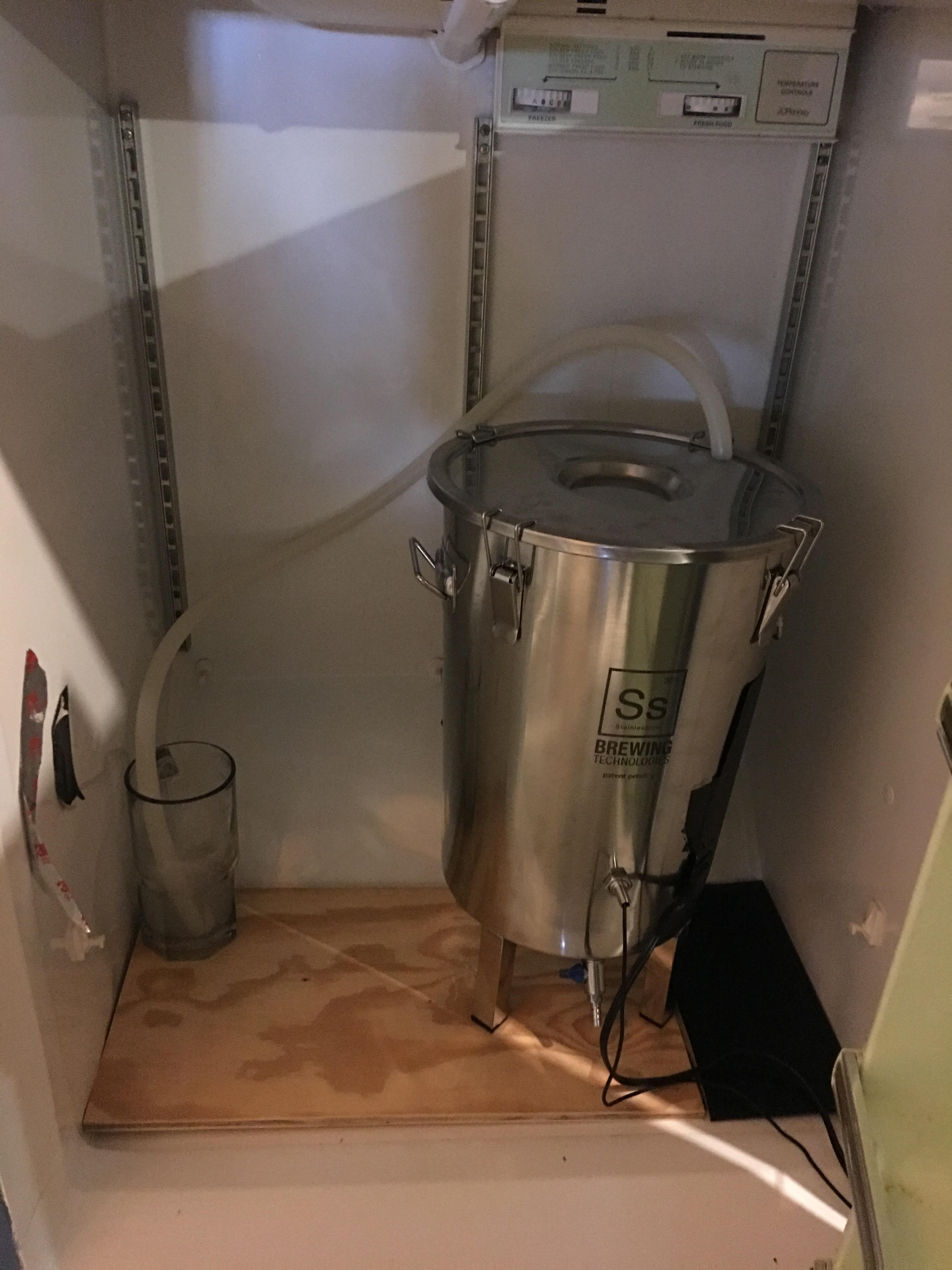seabrew8
Well-Known Member
Thanks so much. I'll be looking in to BIAB for sure. Right now I'm waiting on my first extract brew to be complete. It's got another week to ferment.
Question for all: should I leave it be for an additional week before bottling? It calls for two weeks, but I don't mind waiting longer if it could make it better. Or should I leave it an additional week after bottling? Or it won't make a difference?
Also, I wanted to take a pic to show how far off I was from the 5 gallon mark. I wrote the number 5 on the side of the fermenter to show where I should have been. I must have over boiled, but I hope it doesn't drastically change anything. View attachment 382280View attachment 382281
Not hitting exactly 5 gallon is no problem at all. You could of come out with 4 gallons and it still would be good beer. Just stronger.
If you seen it mentioned this is what people are referring to when they say, "dialing in my system."
I would bottle the beer up after 2 weeks myself. An extra week is fine but its not like you have cases of beer stocked up. And besides this is your first brew, try all kinds of schedules. I've bottled after 5-10 days for instance many times, find whats right for you.
One thing about homebrew there's not many dogmatic rules. Only - Water, Yeast and Fermentables.














































![Craft A Brew - Safale BE-256 Yeast - Fermentis - Belgian Ale Dry Yeast - For Belgian & Strong Ales - Ingredients for Home Brewing - Beer Making Supplies - [3 Pack]](https://m.media-amazon.com/images/I/51bcKEwQmWL._SL500_.jpg)
 That and hating to see all that space being unused when some more beer could be there and going into bottles.
That and hating to see all that space being unused when some more beer could be there and going into bottles. 

